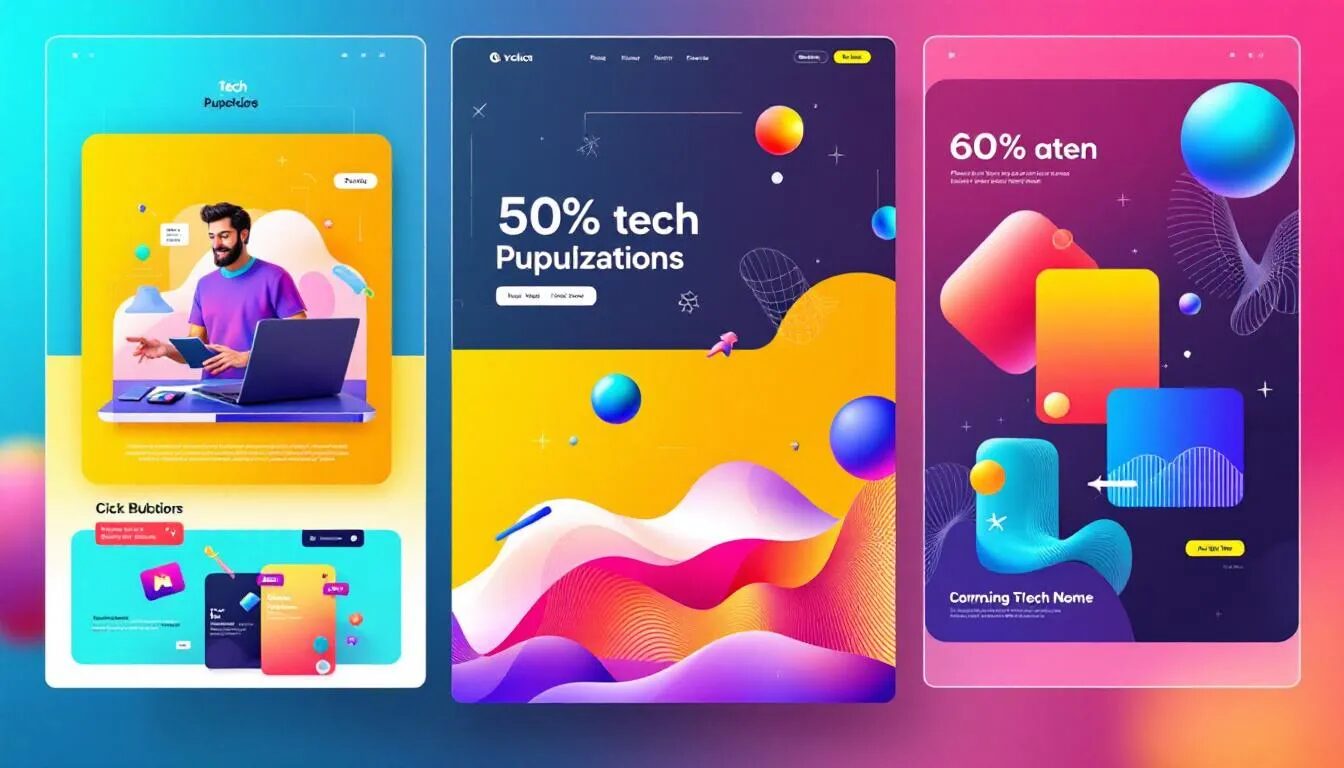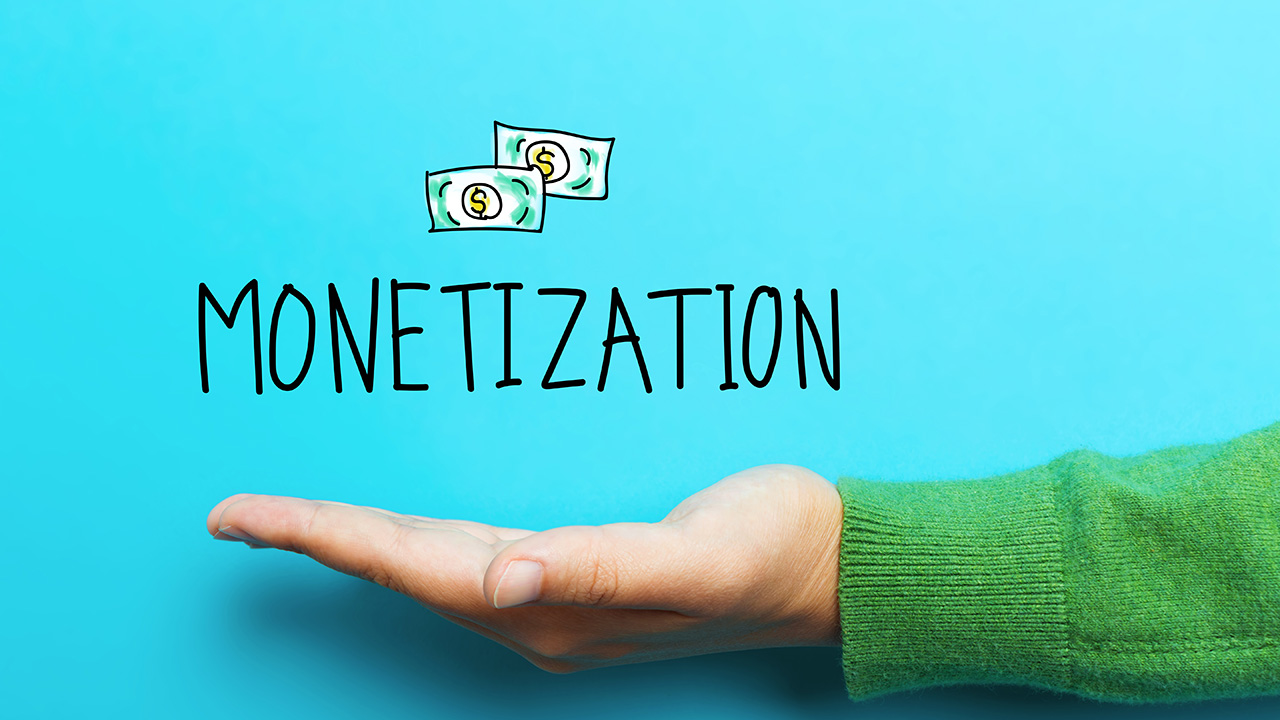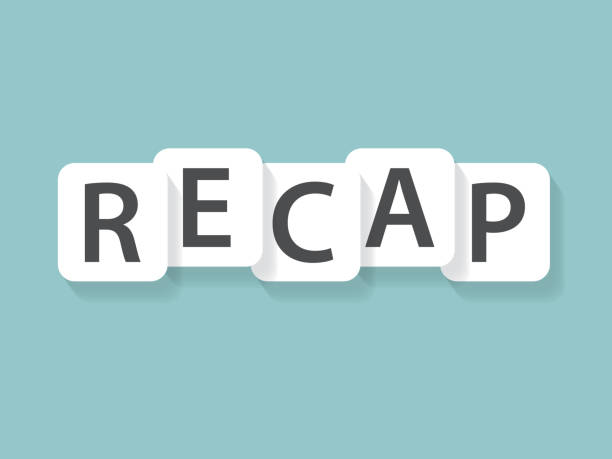
Rise To The Top With Facebook EdgeRank
Facebook can be a great place to market your small business; many of you have set up fan pages and are actively building a Facebook audience. One thing you may not realize, though, is that not all of the messages you share on Facebook are being seen by your fans. In fact, many of the posts you share on your Facebook page will only be seen by a handful of people, regardless of how many fans you have. If you want to know why this is and what you can do to optimize your posts for maximum reach, you’ve come to the right place.
For the personal profiles of your fans, the default setting on their newsfeed is set to display what Facebook considers “Top News.” Users have to manually select “Most Recent” to see all posts from their friends and pages that they are a fan of. Unfortunately, most don’t. To determine what posts end up as top news, Facebook uses a proprietary formula named EdgeRank. While the exact science behind calculating EdgeRank is a secret Facebook won’t be sharing any time soon, we do have a decent idea of the kinds of things that make an impact and what you can do to affect them.
Affinity: Affinity refers to the strength of the Facebook relationship between users. The more a fan interacts with your page by liking or commenting on your content, the higher the affinity will be between them and your page and the higher the chance that your posts will continue to appear in their newsfeed.
What You Can Do: Encourage conversations with fans on your page and start a dialogue. If a customer leaves a compliment on your page, don’t just let it end there. Thank them and start a follow-up conversation. The more interaction you have with individual fans, the more prominent your posts will be in their newsfeeds.
Popularity: As more people engage with any given piece of content, the more popular it becomes in Facebook’s eyes. So, as a post receives more likes and comments, it has a greater chance of showing up in the newsfeeds of other fans.
What You Can Do: Figure out what kinds of posts get the most reaction from your audience and be smart about what you post. Use Facebook Insights to see which of your posts saw the most activity over a certain time period. Was it the article you linked to about new regulations in your industry or was it a post on a project you’ve been working on recently? Use your findings to shape your Facebook posting strategy.
Type of Interaction: Feeding into how Facebook determines post popularity is the value that they assign to different kinds of interactions. Since typing actual thoughts on a post in the form of a comment takes more effort on the part of your reader than pushing a like button, posts with more comments are going to take precedence over those with simply a lot of likes.
What You Can Do: Try to share things on Facebook that encourage conversation or require some sort of answer to interact with. Rather than just using Facebook as a broadcast medium, ask your fans questions and get them talking.
Weight: Some kinds of shared content are weighted more heavily in EdgeRank and therefore are likelier to make it into top news. Again, we can’t be 100% sure what content types are best, but a reasonable assumption is that Facebook rates videos, photos, and links higher than plain text status updates.
What You Can Do: Use photos, videos, and links as often as possible when posting to your page. Even if the main objective of your post is something else, say a question you’d like answered about what features your fans would like to see in an upcoming product release, try anchoring it with a relevant image that will catch your readers eye. Posts of these types also encourage more interaction, so it’s a win-win when it comes to lifting EdgeRank.
Timeliness: The last piece of the EdgeRank puzzle is also the most intuitive. The older a post is, the less likely it will appear in the newsfeeds of your fans. If a post is getting a ton of engagement and therefore satisfying the other EdgeRank criteria, it has a chance of sticking around. But, for the most part its safe to assume that yesterday’s news is, well, yesterday’s news.
What You Can Do: Be strategic about when you post to Facebook to maximize when your audience is most likely to see your updates. There are studies out there that purport to have found the best time of day to post on Facebook, but the fact of the matter is it’s different for every business. Post updates at varying times over a month or two and see which ones get the most reaction. This will let you know when your fans are most active.
Like any other marketing channel, there is no silver bullet or one size fits all approach to Facebook. That said, by testing different things, you can begin to put the puzzle together and get the most out of your efforts. I’d love to hear about the successes (and yes, even failures – we’ve all experienced them) you’ve had with Facebook. Share your stories here in the comments or come visit our Facebook page and join the conversation there!
© 2011 – 2018, Contributing Author. All rights reserved.



